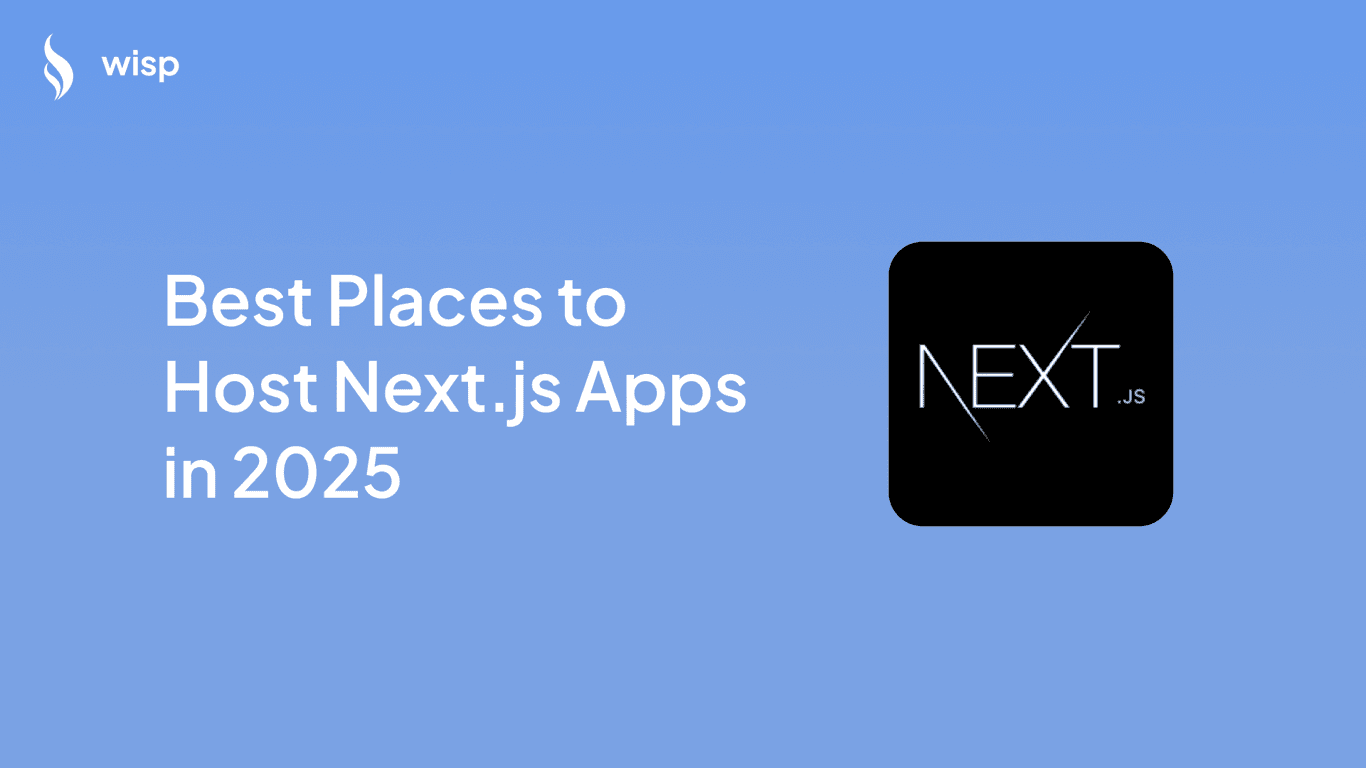 You've set up your application on Vercel, enjoying the simplicity and convenience of their platform. But suddenly, you notice your bill has skyrocketed. Your analytics show a flood of traffic from AI bots and crawlers, and despite blocking them with JA4 fingerprinting, you're still being charged for these requests. As one developer lamented, "about 50% of traffic is Alibaba bot I deny by JA4. I'm still charged for this."
You've set up your application on Vercel, enjoying the simplicity and convenience of their platform. But suddenly, you notice your bill has skyrocketed. Your analytics show a flood of traffic from AI bots and crawlers, and despite blocking them with JA4 fingerprinting, you're still being charged for these requests. As one developer lamented, "about 50% of traffic is Alibaba bot I deny by JA4. I'm still charged for this."
With Vercel's recent pricing updates, many developers are facing projected cost increases of 2-3x. As your application scales, these costs will only continue to rise. While cloud services should theoretically become cheaper over time, your hosting expenses are moving in the opposite direction.
The Growing Case for Self-Hosting
The frustration with Vercel's pricing model and bot traffic management has led many indie developers to explore alternatives. Self-hosting—running your application on your own server or infrastructure—offers a compelling alternative with greater control over your environment, potential cost savings, and the ability to implement custom solutions for issues like bot traffic.
Self-hosting puts you in the driver's seat. Instead of being at the mercy of a platform's pricing changes or limitations, you can create an environment tailored to your specific needs. As your application grows, you can scale your infrastructure in a way that makes financial sense for your business.
Benefits of Making the Switch
1. Cost Control and Transparency
When self-hosting, you'll typically pay a fixed monthly fee for your server resources, regardless of how much traffic your application receives. This predictability makes budgeting easier and can result in significant savings, especially as your application scales.
Consider this real-world example: One developer reported receiving a shocking $4,500 bill from Vercel primarily due to using 6-7 TB of bandwidth in a single month. With self-hosting on a VPS, you could handle similar traffic volumes for a fraction of the cost.
2. Comprehensive Bot Traffic Management
With self-hosting, you gain complete control over how you handle bot traffic. You can implement custom rules in your Nginx configuration, set up sophisticated firewall rules, or deploy specialized bot detection solutions.
For instance, you can:
Configure detailed
robots.txtfiles to guide legitimate botsImplement user agent filtering to block known problematic crawlers
Create tarpits to slow down aggressive scrapers
Set up DDoS protection without incurring additional costs
Use tools like Cloudflare to filter edge requests before they even reach your server
3. Technical Skill Development
Self-hosting provides valuable opportunities to enhance your technical skills. You'll gain hands-on experience with server management, deployment pipelines, and infrastructure maintenance—skills that are increasingly valuable in the development marketplace.
4. Complete Customization Freedom
Need to modify server configurations, implement custom caching strategies, or optimize for specific performance metrics? Self-hosting gives you the freedom to customize every aspect of your hosting environment without platform limitations.
5. No Vendor Lock-in
By self-hosting, you reduce dependency on any single platform's ecosystem, making it easier to adapt as your needs change or as better technologies emerge.
The Challenges of Self-Hosting
While self-hosting offers significant benefits, it's important to acknowledge the challenges you'll face when transitioning from a managed platform like Vercel.
1. Technical Complexity
Setting up and maintaining your own server environment requires technical knowledge beyond what's needed to deploy to Vercel. You'll need familiarity with Linux server administration, networking concepts, and security best practices.
As one developer candidly noted, "You lose time setting up but especially maintaining what you host." This time investment can be substantial, particularly during the initial setup phase and when troubleshooting issues.
2. Responsibility for Uptime and Reliability
When you self-host, you become responsible for your application's uptime. While Vercel handles server maintenance, security updates, and scaling challenges for you, self-hosting puts these responsibilities squarely on your shoulders.
You'll need to:
Implement monitoring solutions to alert you of outages
Create backup systems to prevent data loss
Establish protocols for handling security vulnerabilities
Design redundancy into your infrastructure for high availability
3. Initial Learning Curve
If you've primarily worked with platforms like Vercel, there will be a learning curve as you adapt to managing your own infrastructure. This can temporarily slow down your development process while you build the necessary skills.
VPS Options for Self-Hosting
When transitioning to self-hosting, you'll need to choose a VPS (Virtual Private Server) provider. Here are some popular options for indie developers:
DigitalOcean
DigitalOcean offers user-friendly VPS solutions (called Droplets) with straightforward pricing:
Basic Droplets: Starting at $4/month with shared CPUs, suitable for low-traffic applications
Premium Droplets: Starting at $7/month with enhanced performance
Dedicated CPU Droplets: Starting at $42/month for resource-intensive applications
DigitalOcean provides excellent documentation and a user-friendly control panel, making it a good choice for developers new to server management.
Linode (Akamai)
Linode offers competitive pricing similar to DigitalOcean, starting at $5/month for basic VPS instances. They provide dedicated CPU options and have a reputation for reliable performance.
Hetzner
Popular among cost-conscious developers, Hetzner offers some of the most affordable VPS options, with plans starting as low as €4.90/month (~$5.30). Despite the lower price point, they maintain good performance and reliability standards.
AWS Lightsail
For developers already familiar with AWS, Lightsail provides a simplified VPS experience starting at $3.50/month. This can be a good stepping stone if you anticipate eventually moving to more complex AWS services.
Step-by-Step Guide to Transitioning
1. Assess Your Application's Requirements
Before choosing a hosting solution, evaluate your application's specific needs:
How much traffic does your application receive?
What are your memory and CPU requirements?
Do you need specialized services (databases, caching, etc.)?
What is your budget for hosting?
This assessment will help you select the right VPS size and provider for your needs.
2. Choose and Set Up Your VPS
Once you've selected a provider, it's time to provision your server:
Create an account with your chosen VPS provider
Select a server size that matches your requirements
Choose a data center location closest to your primary audience
Set up SSH keys for secure server access
Install a basic firewall (e.g., UFW) to protect your server
3. Configure Your Server Environment
With your VPS running, you'll need to set up the necessary software:
Update your server's software packages
sudo apt update && sudo apt upgrade -yInstall Nginx as your web server
sudo apt install nginxSet up Node.js (if using Next.js or similar frameworks)
curl -fsSL https://deb.nodesource.com/setup_18.x | sudo -E bash - sudo apt-get install -y nodejsInstall a process manager like PM2 to keep your application running
npm install -g pm2
4. Implement Bot Protection Measures
One of the major advantages of self-hosting is the ability to implement custom bot protection:
Configure Nginx to block problematic user agents:
# Inside your nginx.conf or site configuration if ($http_user_agent ~* (Alibaba|SemrushBot|AhrefsBot)) { return 403; }Set up rate limiting to prevent abuse:
# Limit requests per IP limit_req_zone $binary_remote_addr zone=mylimit:10m rate=10r/s; server { # Other server config... location / { limit_req zone=mylimit burst=20; # Other location config... } }Consider implementing Cloudflare as a protective layer:
Create a Cloudflare account and point your domain to Cloudflare
Enable "Bot Fight Mode" in the Cloudflare dashboard
Set up Firewall Rules to block problematic traffic
5. Deploy Your Application
Now it's time to get your application running on your server:
Clone your repository to your server
git clone https://github.com/yourusername/your-repo.gitInstall dependencies and build your application
cd your-repo npm install npm run buildStart your application with PM2
pm2 start npm --name "your-app" -- startConfigure Nginx as a reverse proxy to your application
server { listen 80; server_name yourdomain.com; location / { proxy_pass http://localhost:3000; # Or your app's port proxy_http_version 1.1; proxy_set_header Upgrade $http_upgrade; proxy_set_header Connection 'upgrade'; proxy_set_header Host $host; proxy_cache_bypass $http_upgrade; } }Set up SSL with Let's Encrypt for secure connections
sudo apt install certbot python3-certbot-nginx sudo certbot --nginx -d yourdomain.com
6. Implement Monitoring and Backups
To ensure reliability, set up monitoring and backup solutions:
Use a free monitoring service like UptimeRobot to alert you of outages
Set up regular database backups with a tool like mysqldump or pg_dump
Implement log rotation to manage server logs
Consider using a service like Backblaze B2 for offsite backups
Conclusion: Is Self-Hosting Right for You?
Self-hosting represents a significant shift from the managed services provided by Vercel, but it offers compelling benefits for indie developers facing rising costs and frustrating limitations.
As one developer wisely noted, "If you don't have fun playing around with this tech, don't do it." Self-hosting requires a willingness to learn and troubleshoot technical issues. However, for those willing to invest the time, the rewards include greater control, potential cost savings, and valuable skill development.
For applications experiencing significant bot traffic that's driving up Vercel costs, self-hosting provides powerful tools to identify and block unwanted requests that would otherwise inflate your bill.
Remember that self-hosting is not an all-or-nothing proposition. Many developers use a hybrid approach, leveraging Cloudflare for CDN and protection while managing their application servers. Others start with a simple VPS setup and gradually add complexity as they become more comfortable with server management.
Whether you're fleeing Vercel's rising costs or simply seeking more control over your hosting environment, self-hosting offers a viable path forward for the technically adventurous indie developer. The journey may involve some challenges, but many find the destination well worth the effort.



